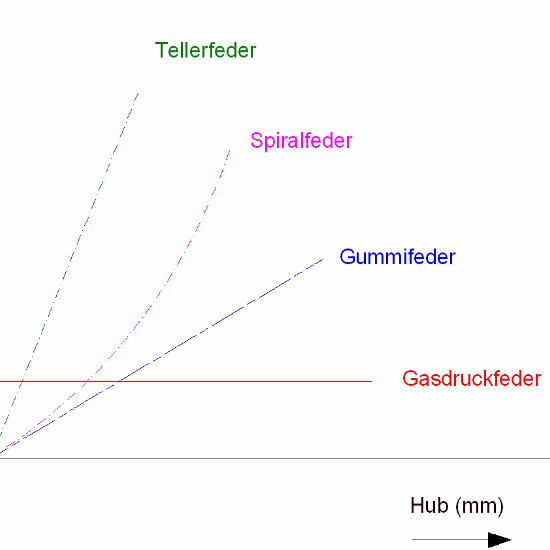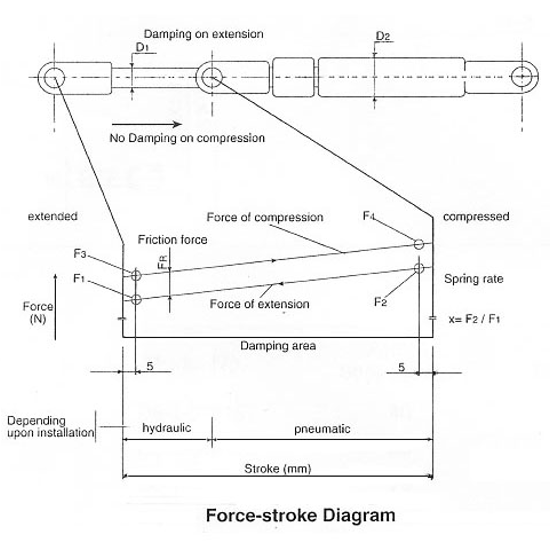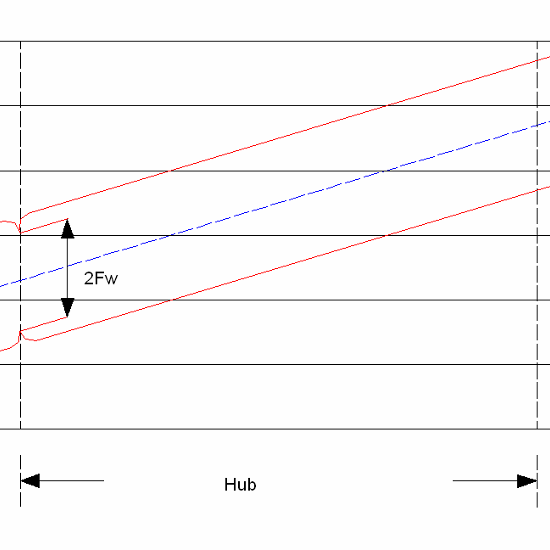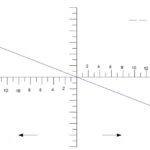Technology | Gas Spring | History | Forces | Nitrogen & Oil | Instructions | Disposal
Forces on the Gas Springs
The theoretical extension force is calculated filling pressure multiplied by the cross section of the piston rod.
By changing these two factors, it is possible to supply gas springs with any requested force.
The force of a gas spring is given in Newton (N) (1 Kg = 9, 81 N).
Our standard specifications are available from 10N to 5000N. The extension force is always mentioned with the specification and relates to the value F1 measured at the nominal Temperature of 20°C with the piston rod showing downwards.
F1 = extension force with extended piston rod
– Push in the piston rod once completely and let lose.
– Piston rod extends till 90%, and held firmly
– Read off the expulsion force.
F2 = extension force with compressed piston rod
– Push in the piston rod once completely and let lose.
– Piston rod extends for 10%, and held firmly.
– Read off the expulsion force.
F3 = Aextension force with extended piston rod
– Push in the piston rod for 10%, and held firmly.
– Read off the expulsion force.
F4 = extension force with compressed piston rod
– Push in the piston rod for 90%, and held firmly
– Read off the expulsion force.
FR = friction force
– F3 – F1 / 2 = FR
X = Progressivity at a complete use of the stroke length.
– F2 / F1 = X
These values can be influenced by various combinations of Stroke- and extension-length, Cylinder- and piston rod-diameter and the amount of oil
A special characteristic of gas springs is the low friction. Through the combinations of different nozzle orifices and oil quantity, is it possible to control the push-out and push in speed as required.




